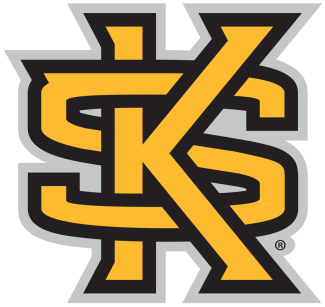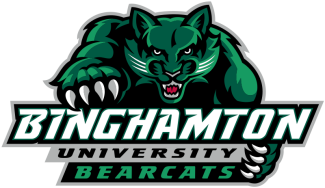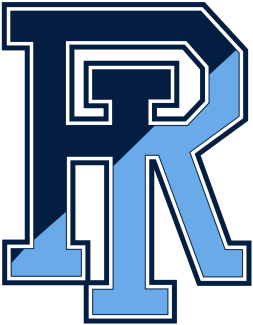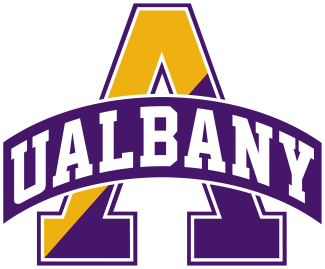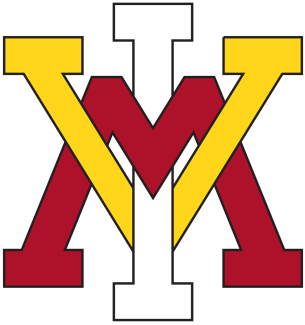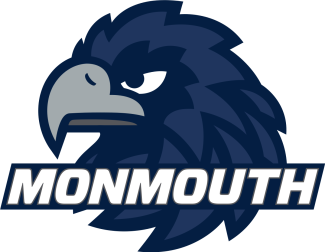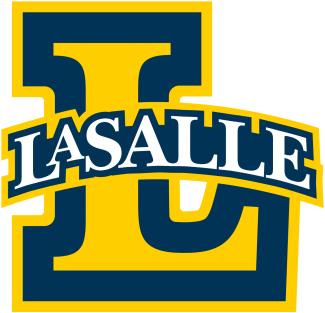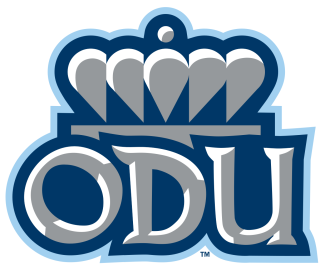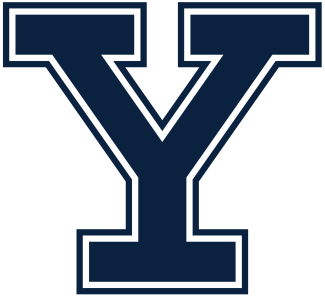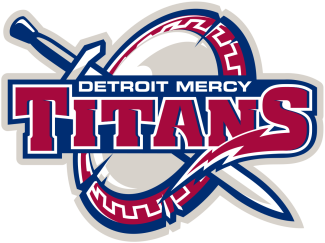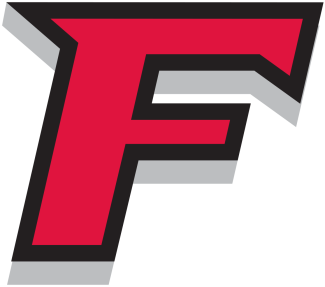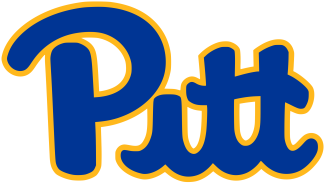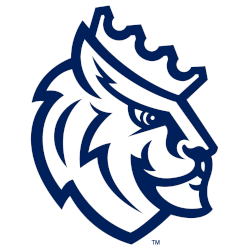A version of this article appears as part of the “Myth Busters” package in the September/October edition of US Lacrosse Magazine. Don’t get the mag? Join US Lacrosse today to start your subscription.
Don’t try to sell the idea that city kids don't play lacrosse in New York City, West Philadelphia, Los Angeles, Oakland or dozens of other urban centers from coast to coast that are now embracing the game.
Teams, leagues and programs are sprouting in America’s cities, evidenced by kids carrying their sticks through their neighborhoods, on the subway, and on city buses.
Organizations like City Lax (New York), Eyekonz Sports League (Philadelphia), and Kids in Sports (LA), among many others, are helping to break down the traditional barriers to urban lacrosse participation, such as cost and opportunity. Creative options also help to overcome the inherent limitations, like available field space.
Launched in 2014, the US Lacrosse Urban Lacrosse Alliance (ULA) provides support resources for many of the organizations focused on growing the game among non-traditional city populations. The ULA now has almost 50 member organizations, with footprints in Cleveland, Detroit, St. Louis, and Brooklyn.
“One of the primary benefits of having the Urban Lacrosse Alliance is the structure that it provides for each of our organizations to connect and network with each other,” said Eboni Preston-Laurent, senior manager of diversity and inclusion at US Lacrosse. “We hope that the exchange of best practices and strategies will allow for further success in each program.”
Today, on Sept. 15, US Lacrosse unveiled the national lacrosse development model in Cleveland, the second pilot site for the Lacrosse Communities Project – a new nationwide program developed to create a vertically-integrated series of opportunities for children to participate in lacrosse from grade school through adulthood.
The program, which aims to grow the sport in underserved urban populations, hosts its first skills demonstration today on the newly built small-sided lacrosse field at the Urban Community School.
“We believe that lacrosse is a vehicle for enrichment and has the ability to change the trajectory of a child’s life, and we are committed to working with our trusted community partners Ohio City and the surrounding Cleveland region to help grow accessibility and opportunity for kids of all socioeconomic backgrounds," said US Lacrosse CEO Steve Stenersen.
